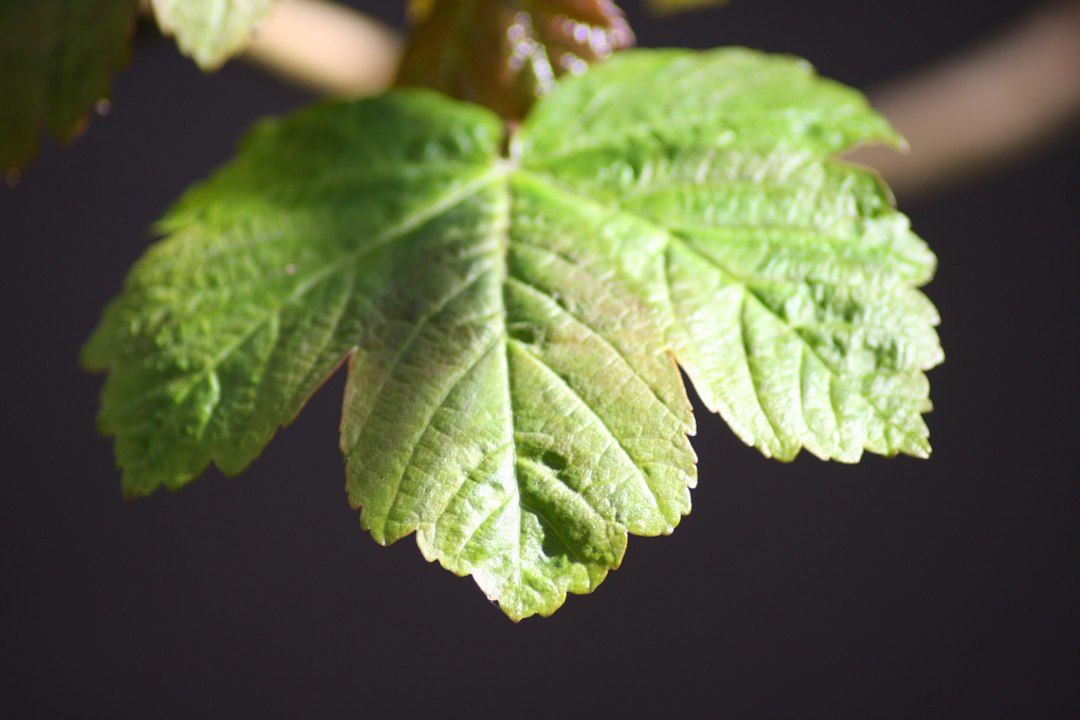Growing Garlic in Zone 7: When to Plant for a Bountiful Harvest

Garlic is a versatile and flavorful herb that has been used for centuries in cooking and for its medicinal properties. It is known for its distinct taste and aroma, as well as its numerous health benefits. Garlic contains compounds that have been shown to have antibacterial, antiviral, and antifungal properties, making it a popular ingredient in natural remedies.
Zone 7 refers to a specific climate zone in the United States, which includes areas with average minimum temperatures ranging from 0 to 10 degrees Fahrenheit (-18 to -12 degrees Celsius). This zone is characterized by mild winters and hot summers, making it an ideal climate for growing a wide variety of plants, including garlic.
Key Takeaways
- Garlic can be successfully grown in Zone 7 with proper understanding of climate and soil requirements.
- The right garlic varieties for Zone 7 include hardneck and softneck types.
- Soil preparation is crucial for successful garlic planting, including adding organic matter and adjusting pH levels.
- The best time to plant garlic in Zone 7 is in the fall, around October or November.
- Caring for garlic plants during the growing season includes regular watering, fertilizing, and removing scapes.
Understanding the Climate and Soil Requirements for Garlic
Garlic thrives in cool weather conditions, making it well-suited for Zone 7. The ideal temperature range for growing garlic is between 50 and 70 degrees Fahrenheit (10 to 21 degrees Celsius). Garlic also requires consistent moisture levels, with about 1 inch of water per week during the growing season.
In terms of soil requirements, garlic prefers well-draining soil with a pH level between 6.0 and 7.0. It is important to ensure that the soil is loose and friable, as compacted soil can hinder bulb development. Adding organic matter, such as compost or aged manure, can help improve soil structure and fertility.
Selecting the Right Garlic Varieties for Zone 7
There are two main types of garlic: hardneck and softneck. Hardneck garlic varieties produce a central stalk called a scape, which can be harvested and used in cooking. Softneck garlic varieties do not produce scapes but are known for their longer shelf life.
When selecting garlic varieties for Zone 7, it is important to choose ones that are well-suited to the climate and growing conditions. Some popular garlic varieties for Zone 7 include:
– ‘German Extra Hardy’: This hardneck variety is known for its strong flavor and large cloves. It is well-adapted to cold climates and can withstand harsh winters.
– ‘Inchelium Red’: This softneck variety is known for its mild flavor and easy-to-peel cloves. It is a good choice for beginners and can be grown in a wide range of climates, including Zone 7.
– ‘Chesnok Red’: This hardneck variety is known for its rich flavor and beautiful purple-striped bulbs. It is well-suited to colder climates and has good storage qualities.
Preparing the Soil for Planting Garlic
| Task | Time | Tools | Cost |
|---|---|---|---|
| Remove weeds and debris | 1 hour | Gloves, hoe, rake | 0 |
| Loosen soil | 2 hours | Shovel, tiller | 50 |
| Add compost and fertilizer | 30 minutes | Compost, fertilizer, shovel | 20 |
| Level soil | 30 minutes | Rake, leveler | 0 |
Before planting garlic, it is important to test the soil to determine its pH level and nutrient content. A soil test can be done through a local agricultural extension office or with a home testing kit. Based on the results of the soil test, amendments can be made to adjust the pH level and improve soil fertility.
To prepare the soil for planting garlic, start by removing any weeds or grass from the area. Loosen the soil with a garden fork or tiller, being careful not to disturb the soil structure too much. If the soil is heavy clay or compacted, adding organic matter such as compost or aged manure can help improve drainage and fertility.
When is the Best Time to Plant Garlic in Zone 7?
Garlic is typically planted in the fall, about 4 to 6 weeks before the first expected frost date in Zone 7. Planting in the fall allows the garlic cloves to establish roots before winter sets in, resulting in stronger plants and larger bulbs.
In Zone 7, the best time to plant garlic is usually between late September and early November. This timing allows for adequate root development before winter dormancy. It is important to plant garlic cloves with enough time for them to establish roots before the ground freezes.
Tips for Planting Garlic in Zone 7

To plant garlic cloves, start by breaking apart the bulbs into individual cloves. Select the largest and healthiest cloves for planting, as these will produce the largest bulbs. Plant the cloves with the pointed end facing up, about 2 inches deep and 4 to 6 inches apart.
Spacing is important when planting garlic, as it needs room to grow and develop bulbs. Cloves that are planted too close together can result in smaller bulbs. It is also important to ensure that the cloves are planted at the correct depth, as planting too shallow or too deep can affect bulb development.
Caring for Your Garlic Plants During the Growing Season
During the growing season, garlic plants require regular watering and fertilization to ensure healthy growth. Watering should be done consistently, providing about 1 inch of water per week. It is important to water deeply, allowing the soil to dry out slightly between waterings.
Fertilizing garlic plants can be done with a balanced organic fertilizer or by adding compost or aged manure around the plants. Fertilizer should be applied in early spring and again in late spring or early summer. Avoid over-fertilizing, as this can lead to excessive leaf growth and smaller bulbs.
Managing pests and diseases is also important for maintaining healthy garlic plants. Common pests that can affect garlic include aphids, thrips, and onion maggots. These pests can be controlled through regular monitoring and the use of organic pest control methods, such as insecticidal soap or neem oil.
Harvesting Garlic in Zone 7: When and How to Do It
Garlic is typically ready to harvest when the lower leaves turn yellow and begin to die back. This usually occurs in late spring or early summer, depending on when it was planted. To harvest garlic bulbs, carefully dig them up with a garden fork or shovel, being careful not to damage the bulbs.
After harvesting, garlic bulbs should be cured in a warm, dry location for about 2 to 3 weeks. This allows the outer layers of the bulbs to dry and harden, which helps to extend their shelf life. Once cured, garlic bulbs can be stored in a cool, dry place for several months.
Storing and Preserving Garlic for Later Use
To properly store garlic bulbs, they should be kept in a cool, dry place with good air circulation. Avoid storing garlic in the refrigerator, as this can cause the bulbs to become soft and moldy. Instead, store garlic in a mesh bag or a well-ventilated container.
There are several methods for preserving garlic for later use. One popular method is to make garlic powder by dehydrating the cloves and then grinding them into a fine powder. Garlic can also be preserved by pickling it in vinegar or by making garlic-infused oils.
Common Garlic Growing Problems in Zone 7 and How to Avoid Them
While garlic is generally a low-maintenance plant, there are some common problems that can occur when growing it in Zone 7. One common issue is bulb rot, which can be caused by excessive moisture or poor drainage. To prevent bulb rot, ensure that the soil is well-draining and avoid overwatering.
Another common problem is rust, which appears as orange or brown spots on the leaves. Rust is a fungal disease that thrives in humid conditions. To prevent rust, avoid overhead watering and ensure good air circulation around the plants.
Conclusion:
Growing garlic in Zone 7 can be a rewarding and enjoyable experience. By understanding the climate and soil requirements for garlic, selecting the right varieties, and properly caring for your plants, you can enjoy a bountiful harvest of flavorful garlic bulbs. Whether you are an experienced gardener or a beginner, growing garlic in Zone 7 is a great way to add flavor and health benefits to your meals. So why not give it a try?



